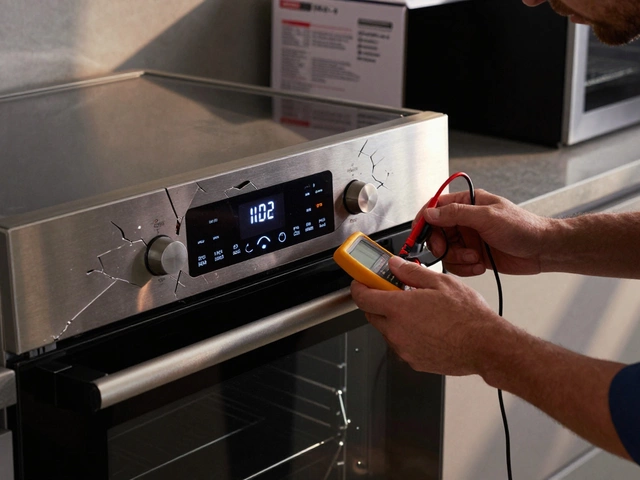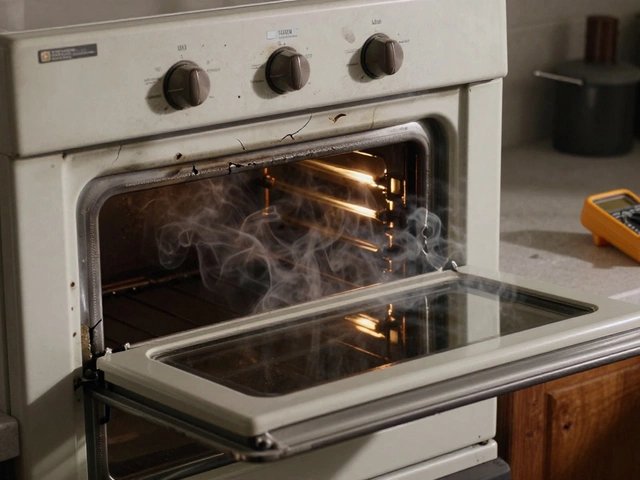Extractor Fan Installation: Simple Steps for a Fresh Home
Got a stale kitchen or a bathroom that never dries? A properly installed extractor fan can fix that in minutes. You don’t need a PhD in electrical work – just a few tools, a bit of patience, and the right safety habits. Below you’ll find a step‑by‑step plan that gets the job done without confusion.
What You’ll Need Before You Start
Gather these items first. Having everything on hand prevents trips to the store mid‑project:
- Extractor fan unit (check the size matches your ceiling opening)
- Drill with wood/metal bits
- Screwdriver set
- Wire nuts and electrical tape
- Measuring tape and a marker
- Safety glasses and gloves
- Silicone sealant (optional for airtight finish)
If the fan includes a built‑in light, you’ll also need a compatible light socket. For wired‑in fans, make sure the circuit you plan to use is protected by a 13‑amp fuse or breaker.
Step‑by‑Step Installation
1. Turn off the power. Head to your consumer unit and switch off the breaker that feeds the room. Double‑check with a voltage tester – no spark, no problem.
2. Mark the cut‑out. Hold the fan housing against the ceiling and trace the outline. Use the measuring tape to confirm the opening is centered between joists.
3. Cut the hole. Drill a pilot hole at a corner, then cut along the traced line with a jigsaw or drywall saw. Keep the cut clean so the fan sits flush.
4. Run the wiring. Pull a short length of 1.5 mm² twin‑and‑earth cable from the nearest power point to the new opening. If you’re extending an existing circuit, make the splice inside a junction box and cap it with a wire nut.
5. Connect the fan. Most fans have three wires: live (brown), neutral (blue), and earth (green/yellow). Match them to the corresponding wires in the junction box, twist together, and secure with wire nuts. Wrap each connection with electrical tape for extra safety.
6. Secure the fan. Slide the unit into the ceiling hole, aligning the mounting brackets. Screw the brackets into the joists or use the supplied clips. If the fan sits under a ceiling tile, zip‑tape it to the tile for a tidy finish.
7. Seal and test. Apply a thin bead of silicone around the outer edge to keep drafts out. Turn the power back on and flip the switch. The fan should start humming, and any built‑in light will glow.
8. Clean up. Remove all tools, dispose of cut‑out debris, and store any leftover wiring in a safe place.
If the fan doesn’t run, re‑check the wiring connections and the breaker. A loose earth wire is a common hiccup.
That’s it – you’ve turned a damp, smelly space into a fresh one with a brand‑new extractor fan.
When to Call a Pro: If you’re uncomfortable working with electricity, if the ceiling has plasterboard that might crumble, or if the fan size requires complex ductwork, it’s wise to hire a qualified electrician. A short call can save you time and avoid costly mistakes.
Enjoy the fresh airflow and remember to clean the fan’s filter every few months. A clean filter keeps the motor happy and the noise low. Happy installing!
26 July 2025
·
0 Comments
Looking to install an extractor fan? Find out who installs extractor fans, tips to pick a pro, and what you need to know before booking. Make your home safer and fresher.
Read more






